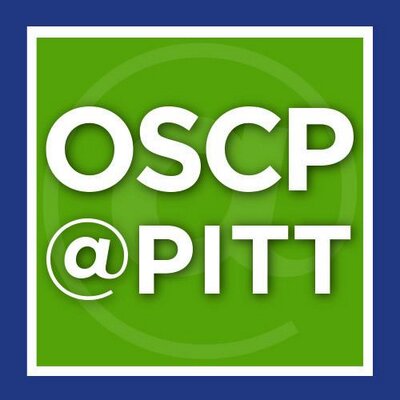Hoeg, JM and Edge, SB and Demosky, SJ and Starzl, TE and Triche, T and Gregg, RE and Brewer, HB
(1986)
Metabolism of low-density lipoproteins by cultured hepatocytes from normal and homozygous familial hypercholesterolemic subjects.
Biochimica et Biophysica Acta (BBA)/Lipids and Lipid Metabolism, 876 (3).
646 - 657.
ISSN 0005-2760
Abstract
The profoundly elevated concentrations of low-density lipoproteins (LDL) present in homozygous familial hypercholesterolemia lead to symptomatic cardiovascular disease and death by early adulthood. Studies conducted in nonhepatic tissues demonstrated defective cellular recognition and metabolism of LDL in these patients. Since mammalian liver removes at least half of the LDL in the circulation, the metabolism of LDL by cultured hepatocytes isolated from familial hypercholesterolemic homozygotes was compared to hepatcytes from normal individuals. Fibroblast studies demonstrated that the familial hypercholesterolemic subjects studied were LDL receptor-negative (less than 1% normal receptor activity) and LDL receptor-de fective (18% normal receptor activity). Cholesterol-depleted hepatocytes from normal subjects bound and internalized 125I-labeled LDL (Bmax = 2.2 μg LDL/mg cell protein). Preincubation of normal hepatocytes with 200 μg/ml LDL reduced binding and internalization by approx. 40%. In contrast, 125I-labeled LDL binding and internalization by receptor-negative familial hypercholesterolemic hepatocytes was unaffected by cholesterol loading and considerably lower than normal. This residual LDL uptake could not be ascribed to fluid phase endocytosis as determined by [14C]sucrose uptake. The residual LDL binding by familial hypercholesterolemia hepatocytes led to a small increase in hepatocyte cholesterol content which was relatively ineffective in reducing hepatocyte 3-hydroxy-3-methylglutaryl-CoA reductase activity. Receptordefective familial hypercholesterolemia hepatocytes retained some degree of regulatable 125I-labeled LDL uptake, but LDL uptake did not lead to normal hepatocyte cholesterol content or 3-hydroxy-3-methylglutaryl-CoA reductase activity. These combined results indicate that the LDL receptor abnormality present in familial hypercholesterolemia fibroblasts reflects deranged hepatocyte LDL recognition and metabolism. In addition, a low-affinity, nonsaturable uptake process for LDL is present in human liver which does not efficiently modulate hepatocyte cholesterol content or synthesis. © 1986.
Share
| Citation/Export: |
|
| Social Networking: |
|
Details
| Item Type: |
Article
|
| Status: |
Published |
| Creators/Authors: |
| Creators | Email | Pitt Username | ORCID  |
|---|
| Hoeg, JM | | | | | Edge, SB | | | | | Demosky, SJ | | | | | Starzl, TE | tes11@pitt.edu | TES11 | | | Triche, T | | | | | Gregg, RE | | | | | Brewer, HB | | | |
|
| Centers: |
Other Centers, Institutes, Offices, or Units > Thomas E. Starzl Transplantation Institute |
| Date: |
21 May 1986 |
| Date Type: |
Publication |
| Journal or Publication Title: |
Biochimica et Biophysica Acta (BBA)/Lipids and Lipid Metabolism |
| Volume: |
876 |
| Number: |
3 |
| Page Range: |
646 - 657 |
| DOI or Unique Handle: |
10.1016/0005-2760(86)90054-8 |
| Institution: |
University of Pittsburgh |
| Refereed: |
Yes |
| ISSN: |
0005-2760 |
| Other ID: |
uls-drl:31735062116060, Starzl CV No. 645 |
| Date Deposited: |
08 Apr 2010 17:11 |
| Last Modified: |
22 Jun 2021 10:55 |
| URI: |
http://d-scholarship.pitt.edu/id/eprint/4031 |
Metrics
Monthly Views for the past 3 years
Plum Analytics
Altmetric.com
Actions (login required)
 |
View Item |








